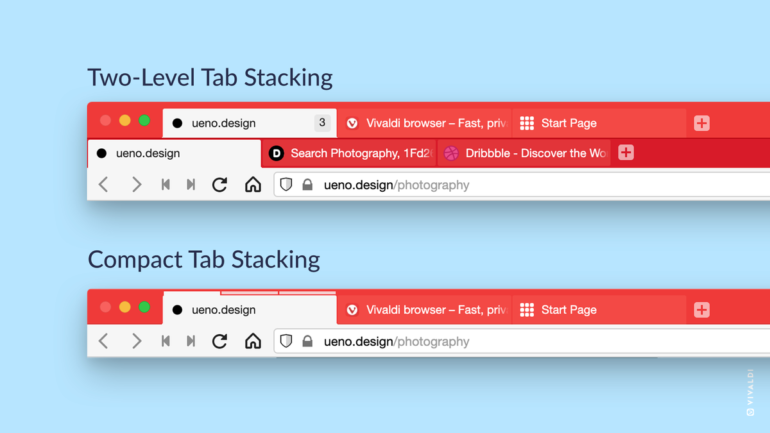Vivaldi is a browser that loves to throw the kitchen sink as an option to its users, and this week, it has decided what everyone was missing was the ability to have tabs of tabs.
The browser has had tab grouping — which is really what tabs of tabs are — for some time, but once a group contained more than a handful of tabs, it was hard to work with. With the new feature officially dubbed Two-Level Tab Stacks, Vivaldi has made its groups much easier to visualise and manipulate.
In typical Vivaldi fashion, the existing functionality is still available under the compact label.
The new interface is enabled by default in version 3.6, which contains a number of fixes, as well as updating to Chromium 88.0.4324.99 for its engine.
Earlier this week, Fedora made the decision to preemptively turn off Google Sync functionality from the Chromium package it distributes.
Google said recently it had completed an audit, and was restricting the open source version of Chrome from accessing those APIs “that are only intended for Google’s use”.
Notifying Fedora users, Chromium maintainer for the distribution Tom Callaway said the change will make the program “significantly less functional”.
“There is no good reason for Google to do this, other than to force people to use Chrome,” Callaway said.
“I would say that you might want to reconsider whether you want to use Chromium or not. If you want the full ‘Google’ experience, you can run the proprietary Chrome. If you want to use a FOSS browser that isn’t hobbled, there is a Firefox package in Fedora.”
Although it uses Chromium, Vivaldi is a proprietary browser that uses its own sync service.
